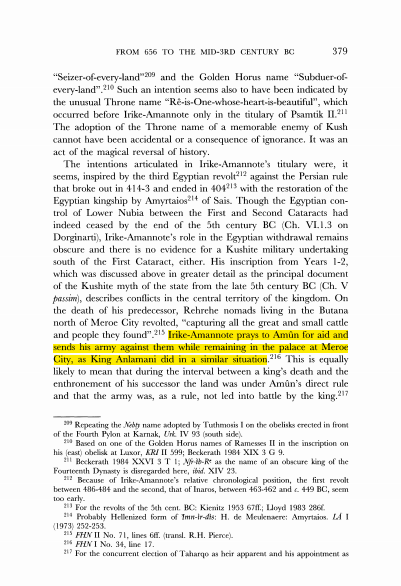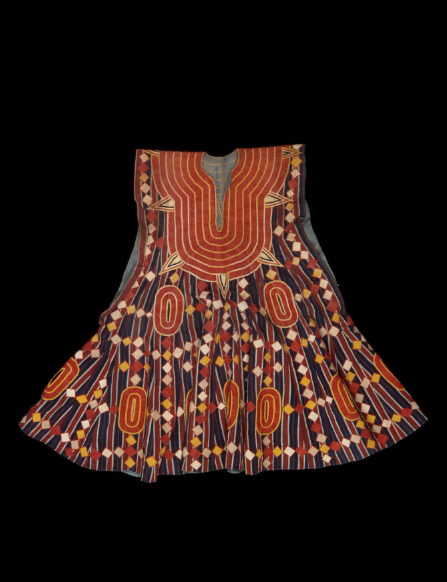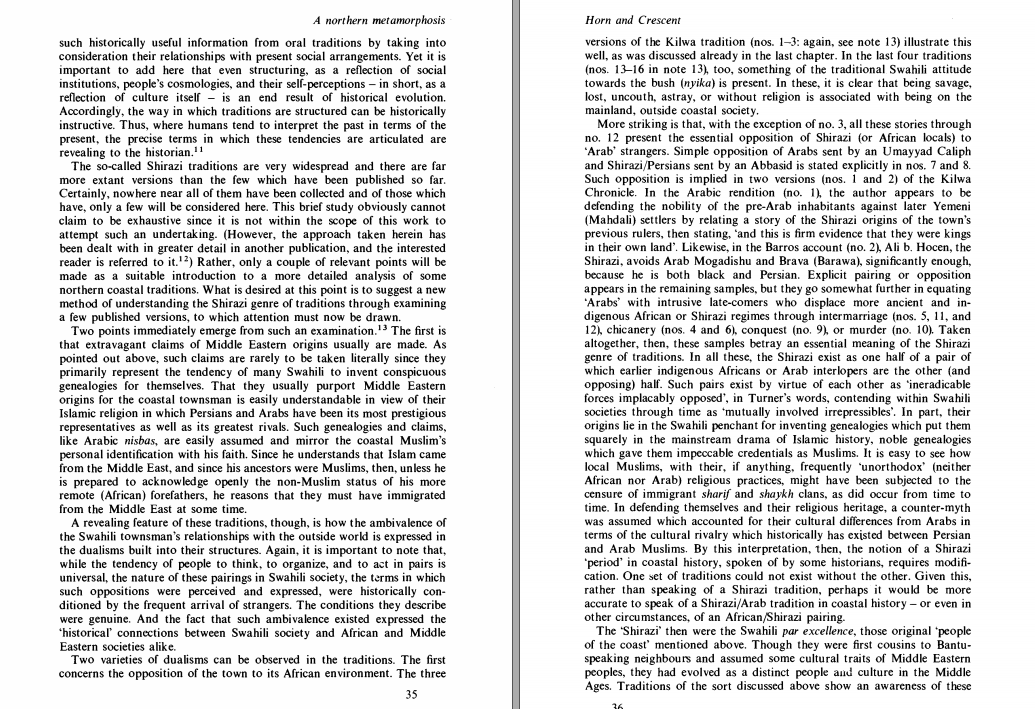
"The Meroitic empire, Queen Amanirenas and the Candaces of Kush: power and gender in an ancient African state"
On the enigma of Meroe ...
references thread with screenshots
isaacsamuel.substack.com/p/the-meroitic…
On the enigma of Meroe ...
references thread with screenshots
isaacsamuel.substack.com/p/the-meroitic…
1- list of monarchs of kush
2- Meroe as a city of violent contest and capital of the Napatan-era kings



2- Meroe as a city of violent contest and capital of the Napatan-era kings




3- the emergence of the meroitic dynasty
4-the emergence of the meroitic script and the circumstances that brought Kush's first female sovereign to power



4-the emergence of the meroitic script and the circumstances that brought Kush's first female sovereign to power




5- the origin of the Kushite title Candace
6- burials of elite women in the neolithic era of nubia
7- the meroitic language of the people of ancient kush from the kerma-era to the meroitic era



6- burials of elite women in the neolithic era of nubia
7- the meroitic language of the people of ancient kush from the kerma-era to the meroitic era




8- names of the rulers of Kerma
9-on the kerman queen consort in 17th dynasty Egypt (and the photo of the coffin i used)
10- Queen katimala's inscription, description of scene
(this paper is free online academia.edu/19069000/The_I… )



9-on the kerman queen consort in 17th dynasty Egypt (and the photo of the coffin i used)
10- Queen katimala's inscription, description of scene
(this paper is free online academia.edu/19069000/The_I… )




11- see paper i linked above ☝️🏾
12- the position of royal women of Kush during the napatan era
13-the politics behind the queen mothers' prominence in ancient egypt
14- kush using Egyptian symbols to integrate the latter into its realm



12- the position of royal women of Kush during the napatan era
13-the politics behind the queen mothers' prominence in ancient egypt
14- kush using Egyptian symbols to integrate the latter into its realm




15- piye's inscription is the longest document in ancient Egypt
16- on kush's succession system being bilateral not matrilineal
17- Nastasen tracing his lineage from Alara, 400 years earlier than him
18- the photos of queen Amanimalolo (napatan era)


16- on kush's succession system being bilateral not matrilineal
https://twitter.com/rhaplord/status/1468663616899620866?s=20
17- Nastasen tracing his lineage from Alara, 400 years earlier than him
18- the photos of queen Amanimalolo (napatan era)



19-on Ergamenes identity as Arkamaniqo and the emergence of the meroitic dynasty, see 3 above
20- the kushite election iconography at Musawwarat
21- the gods of Musawwarat
22- oscillation of lower nubia between kush and Ptolemaic egypt


20- the kushite election iconography at Musawwarat
21- the gods of Musawwarat
22- oscillation of lower nubia between kush and Ptolemaic egypt



23
-Ptolemies take lower nubia in 274BC
-Kushites retake it in 207BC, temple construction, ptolemies retake it in 186BC
-Kushites retake it in 100BC until the roman invasion of 30BC



-Ptolemies take lower nubia in 274BC
-Kushites retake it in 207BC, temple construction, ptolemies retake it in 186BC
-Kushites retake it in 100BC until the roman invasion of 30BC




24- on the kushite temples in lower nubia, see the 3rd screenshot above
25- war between rome and kush plus peace treaty
26- Queen Amanirenas' inscription of war with rome
27- Queen Amanishakheto inscription depicting a bound roman prisoner with a grecian helmet (#triviaxt)



25- war between rome and kush plus peace treaty
26- Queen Amanirenas' inscription of war with rome
27- Queen Amanishakheto inscription depicting a bound roman prisoner with a grecian helmet (#triviaxt)




28-
paintings of the roman captives of Queen Amanirenas of Kush from the "Augustus temple" (M 292) at Meroe (1st cent. BC-1st cent AD)
these paintings haven't received much attention from classists & nubiologists
one of the oldest depictions europeans in African art
#randomxt


paintings of the roman captives of Queen Amanirenas of Kush from the "Augustus temple" (M 292) at Meroe (1st cent. BC-1st cent AD)
these paintings haven't received much attention from classists & nubiologists
one of the oldest depictions europeans in African art
#randomxt



the book i took them from is free online (for reading)
Studies in ancient Egypt, the Aegean, and the Sudan : essays in honor of Dows Dunham on the occasion of his 90th birthday, June 1, 1980
by Charles C. Van Siclen
archive.org/details/studie…
Studies in ancient Egypt, the Aegean, and the Sudan : essays in honor of Dows Dunham on the occasion of his 90th birthday, June 1, 1980
by Charles C. Van Siclen
archive.org/details/studie…
29- on whether it was Queen Amanirenas or Queen Amanitore that buried Augustus' head
30-prosperity after the war with rome
31- see 28 above
32- see 27 above


30-prosperity after the war with rome
31- see 28 above
32- see 27 above



33- prince Akinidad depictions with queen Amanishakheto
34- Kush's princes "electing" the Queens of meroe
prince akinidad as "queen maker" of the Queens Amanirenas and Amanishakheto and prince Etaretey for Queen Nawidemak



34- Kush's princes "electing" the Queens of meroe
prince akinidad as "queen maker" of the Queens Amanirenas and Amanishakheto and prince Etaretey for Queen Nawidemak




35- on prince Etretey legitimizing Queen Nawidemak's reign
36- "male attributes" of the first four Queens of Kush
37- feminine depictions of the Queens of Kush
38- james bruce on the funj royal wives



36- "male attributes" of the first four Queens of Kush
37- feminine depictions of the Queens of Kush
38- james bruce on the funj royal wives




39- on egyptian female sovereignty and depictions of egyptian queens as androgynous
40- Queen Shanakdakheto and the invention of the meroitic script
41- why the meroitic script was invented
42- Amanirenas compares with piye's military accomplishments and piety



40- Queen Shanakdakheto and the invention of the meroitic script
41- why the meroitic script was invented
42- Amanirenas compares with piye's military accomplishments and piety




43- dynastic struggles that favored the enthronement of three queens in close succession
44, 45- comparing Queen katimala and king piye leading their armies from the front with Queen Amanirenas doing the same in her war with rome


44, 45- comparing Queen katimala and king piye leading their armies from the front with Queen Amanirenas doing the same in her war with rome



46- why later Queens of kush didn't require a legitmizing male figure
47- on Queen Njinga's challenges to her legitimacy based on her gender and the dynasty she established in which 50% were women
48- Benins' Iyoba office
49-Kano's queen mother offices



47- on Queen Njinga's challenges to her legitimacy based on her gender and the dynasty she established in which 50% were women
https://twitter.com/rhaplord/status/1477703384178302979?s=20
48- Benins' Iyoba office
49-Kano's queen mother offices




-50
this one is a good book about female sovereignty in europe which in many ways compares to female sovereignty in Africa
The Rise of Female Kings in Europe, 1300-1800 By William Monter
books.google.com/books/about/Th…
this one is a good book about female sovereignty in europe which in many ways compares to female sovereignty in Africa
The Rise of Female Kings in Europe, 1300-1800 By William Monter
books.google.com/books/about/Th…
• • •
Missing some Tweet in this thread? You can try to
force a refresh

































